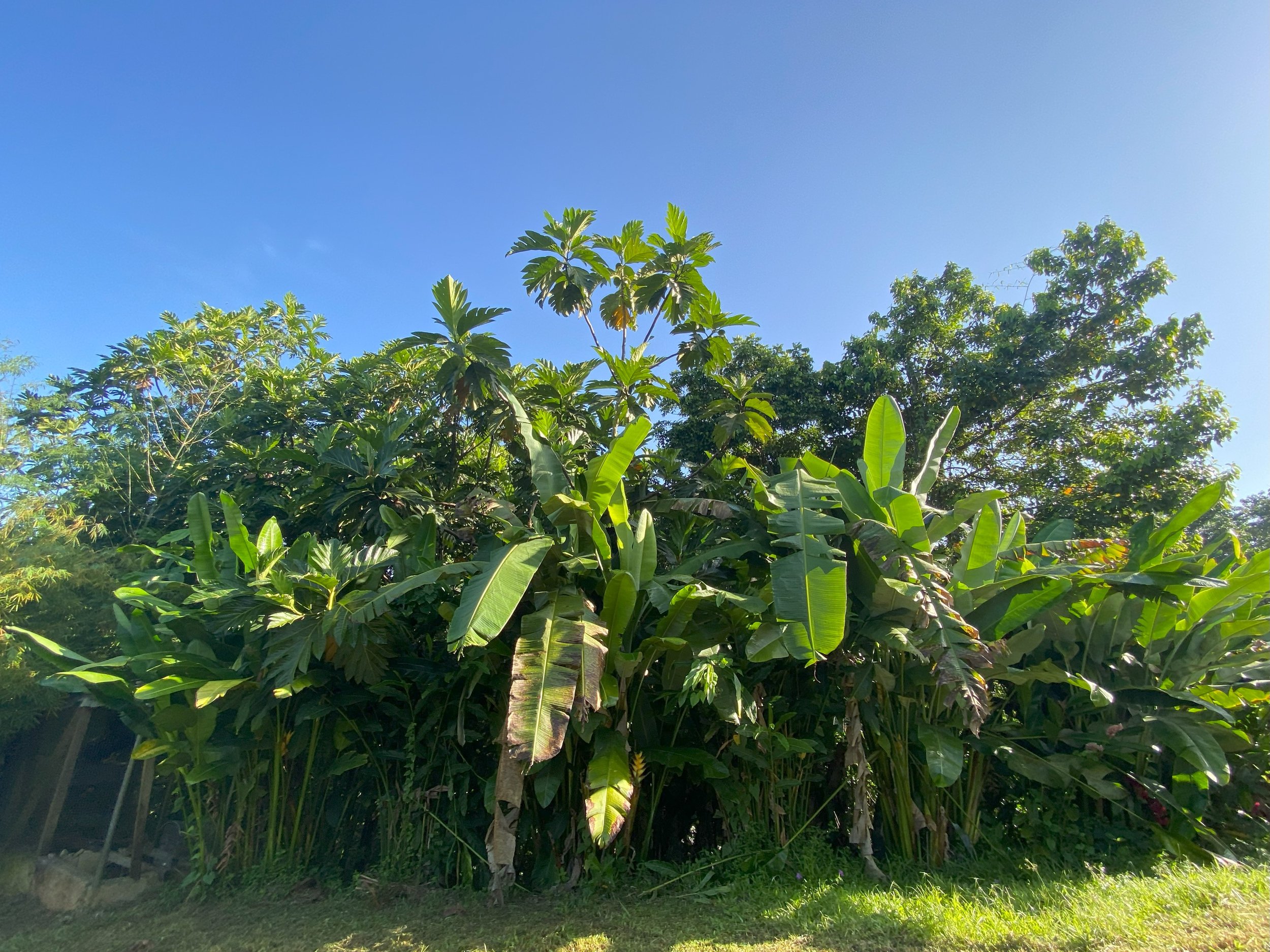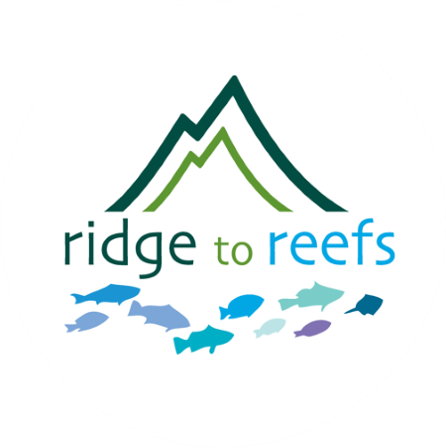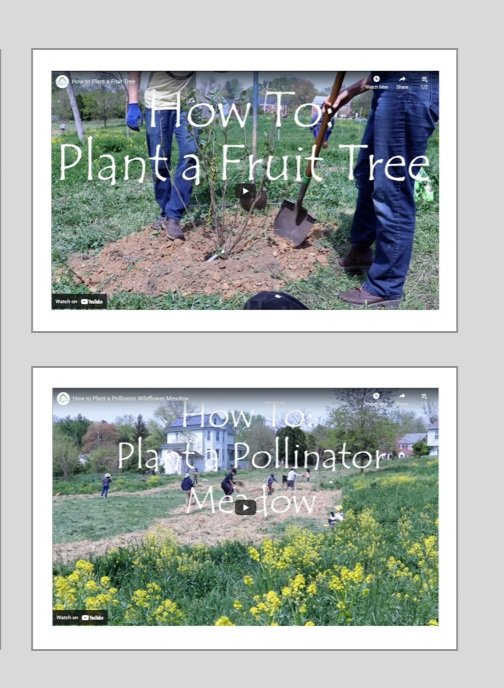
Sustainable Agriculture Resources
From Sea to Soil: Using Fish Waste to Grow Food in American Samoa
Learn & Grow with the Hawaiʻi Institute of Pacific Agriculture
In the following videos, learn about gardening using regenerative agriculture techniques, cooking with tropical plants, and building food security with sustainable practices. Visit HIP Agriculture to explore further resources and sign up to join an education series.
Content repost with permission from HIP!
HIP Video Series:
ʻĀina Lessons - Farm 101
Agroforestry Design
Dash Kuhr is joined by two Guest Educators/Farmers in this episode, “Coconut Chris” and Travis Dodson, both farming nearby land with permaculture and agroforestry methodologies. Learn about the seven layers of a food forest, agroforestry design and tropical crop farming in this action packed episode. Download HIP’s pro tips guide for easy reference.
Kalo 101
Guest Educator Ka‘iana Runnels, mahi‘ai educational specialist, joins Dash Kuhr to take us on a journey into taro (kalo), the staple crop of Hawaiian agriculture. The two teach on how to plant, tend to and harvest this important crop, as well as share stories and cultural significance. Download HIP’s 101 guide for and pro tips guide for easy reference.
Tropical Plant Medicine
Dash Kuhr shares his knowledge about gotu kola, ‘awa, ashwagandha, and comfrey. Learn how to plant and harvest each of these plant medicines and about the benefits they impart on your health and well being. Download HIP’s pro tips guide for easy reference.
Propagation Techniques
Dive into the many ways to plant out your garden, from seed, to cuttings, to root division to air layering. Dash Kuhr leads us through these multiple propagation techniques showcasing various tropical plant species. Guest Educator Donna Mitts joins for a segment on seed saving. Download HIP’s pro tips guide for easy reference.
Preparing a Garden Bed
Learn how to turn raw land in your backyard or community garden into a fertile and productive garden bed. Dash Kuhr is joined by guest educator Aaron Bradley, HIP Agriculture’s Farm Director, to take you through the process step by step. Other adults and keiki from the farm lend a hand to make the work lighter and faster demonstrating laulima in action. Download HIP’s pro tips guide for easy reference.
Building Compost
Learn how to build your own boutique compost pile and increase your soil fertility using materials you can find in your own backyard and kitchen. Dash Kuhr, Executive Director of HIP Agriculture, is joined by guest educators Bobby Grimes and high school student Sebastian (HIP Ag internship graduate) who break down the process step by step. Download HIP’s pro tips guide for easy reference.
HIP Video Series:
ʻĀina Lessons - Cooking with Tropical Starches
Cooking with Key Starches
Learn how to prep your tropical starches to get them ready to make any delicious recipe of your choosing. Erika Kuhr, Operations and Education Director of HIP Agriculture, breaks down how to peel, grate, chop, pressure cook, and steam breadfruit (‘ulu), taro (kalo), cassava, plantains, and sweet potato (‘uala). Download HIP’s pro tips guide for easy reference.
How to Make Plant Medicine
Dash & Erika Kuhr, power couple behind HIP Agriculture , team up in the kitchen to mix up the plant medicine into consumable form. Learn how to make a comfrey poultice, turmeric juice, farm tea, tinctures, and fresh ‘awa to treat your body right. Download HIP’s pro tips guide for easy reference.
Visit HIP’s video resource page for more resources & recipes for making Ulu & Kalo Chowder, Kalo & ʻUlu Patty Burgers, Hot Pockets, cooking with Tropical Herbs, ʻUlu Gnocchi, Cassava Pizza Crust, ‘Ulu Salad, Cassava Mochi and the guide resources!





